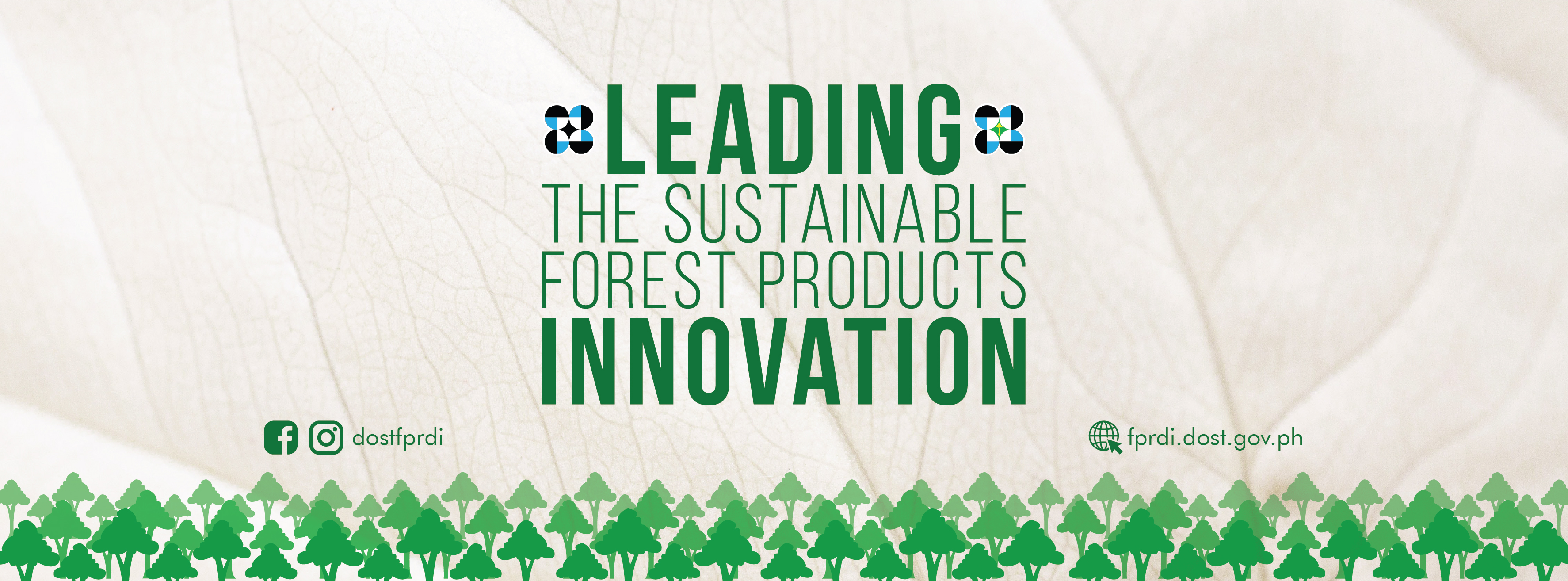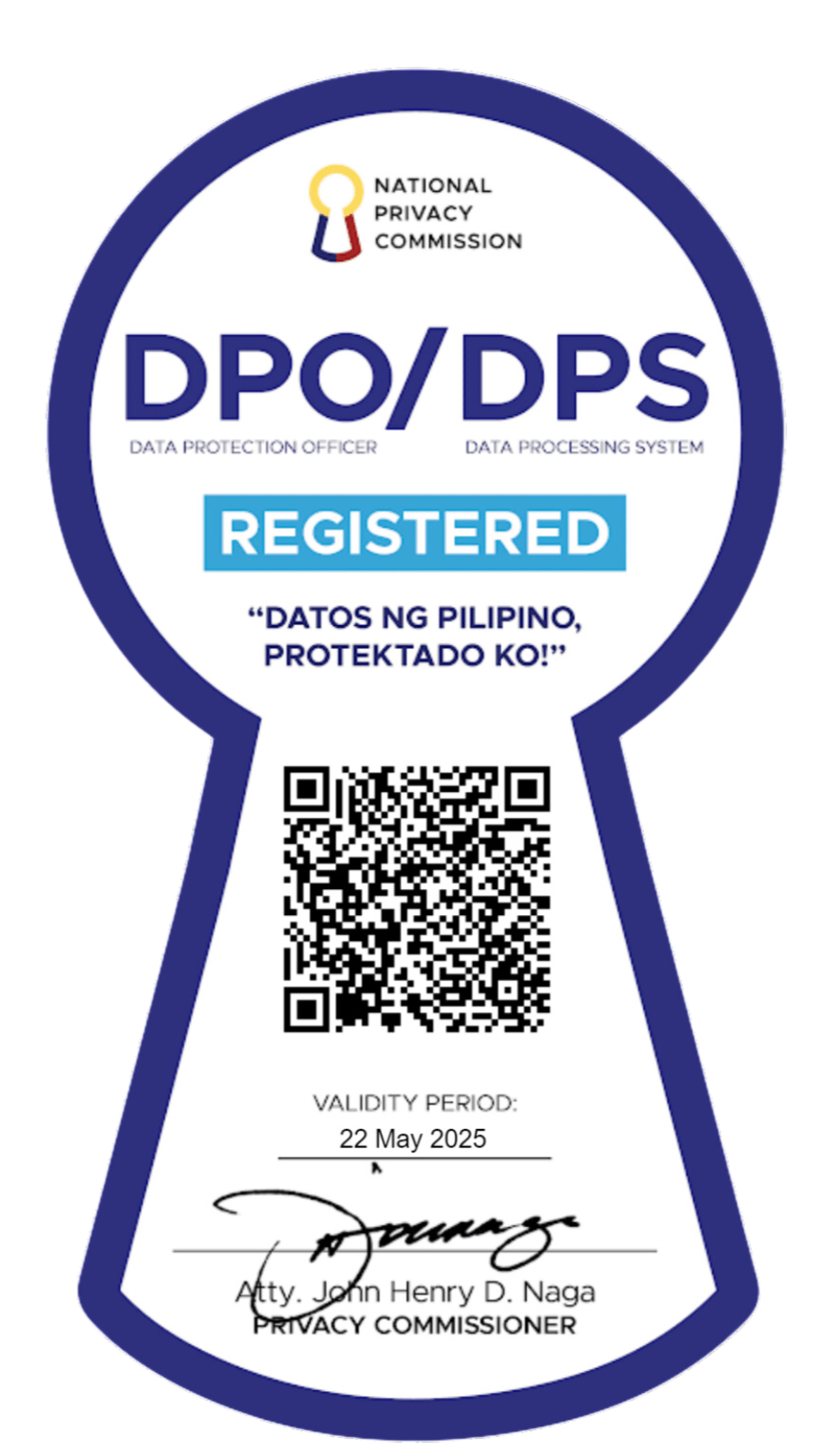DOST-FPRDI leads abaca R&D program
January 12, 2015
The Philippines is the world’s number one producer of abaca, known as the strongestamong the natural fibers. Ironically, however, we buy most of our processed abaca-based high-end products from other countries, including those that get their raw material from us.
“This is a situation we want to change,” disclosed Dr. Erlinda L. Mari, Scientist I of the Forest Products Research and Development Institute (FPRDI), an agency of the Department of Science and Technology (DOST) based in Los Banos, Laguna.
“Thru aresponsive R&D program that it has recently initiated, FPRDI will help push for the optimum use of our abaca resources to benefitthe local pulp and paper industry, the abaca sector, and other related industries.”
The R&D Program on Abaca Fiber for Specialty Papers, Textile and other High-end Products is made up of five projects, three of which will be conducted by FPRDI researchers.
“For the FPRDI projects, we drew up the plan after talks with the leaders of the Philippine Paper Manufacturers’ Association of the Philippines, Inc. (PPMAI),” says Dr. Mari.
“Our end-goal is thecommercial use of abacafiber for three purposes: to reinforce low-grade printing and packaging paper using recycled fiber; to develop tea bags and security/currency base papers; and toapply nanotechnology, or the manipulation of the smallest units of the abaca fiber, to make high-value products.”
“By focusing on these, we hope to help relieve the paper industry of its very heavy dependence on imported virgin pulp to strengthen recycled waste paper, and imported abaca-based security and specialty papers.”
Explains Dr. Mari, “As the most abaca-rich nation on the planet, it is a shame that we have to depend on other countries for our high-end abaca-based products such as cigarette paper, meat sausage casings, filter paper, tea bags and security paper. There is so much we can do with a strong collaboration between the abaca fiber industry and our local paper manufacturers.”
“As the demand for high-value abaca goods grow with the growing world population, the opportunities before us are vast. We hope to assist the paper and abaca industries so that they can grab as many of these opportunities as possible. By doing so, we hope to make a strong difference in the lives of thousands of abaca farmers across the country.”
The abaca R&D program supports the plans and strategies of the Philippine Agriculture 2020 produced by the National Academy of Science and Technology (NAST) and the Philippine Agriculture, Aquatic and Natural Resources Research and Development Council (PCAARRD).
Set to start in January 2015 and end in December 2016, it is funded by DOST-Philippine Council for Agriculture, Aquatic and Natural Resources Research and Development (PCAARRD). Aside from FPRDI, its other proponents include the Philippine Textile Research Institute (PTRI) and Philippine Nuclear Research Research Institute (PNRI), both of the DOST. (Rizalina K. Araral, 13 November 2014)#











